Who’s not in the mood for a good tearjerker every once in a while? In 1968, the listening public certainly was. Audiences all over the world made Bobby Goldsboro’s weeper “Honey” a runaway hit.
Videos by American Songwriter
Goldsboro took a somewhat circuitous route to recording the song, disliking it at first and then being forced to wait out the commercial run of another version of it before finally doing it on its own. Good thing he was patient, because “Honey” turned out to be the biggest song of his career.
Bobby on the Spot
Bobby Goldsboro was born in Florida and spent much of his youth in Alabama, learning music and dreaming of stardom. He quickly made a name for himself as an instrumentalist, becoming a part of Roy Orbison’s backing band The Webbs in the early ‘60s.
Occasionally, The Webbs would step out on their own and do some and recordings. Goldsboro wrote some of their material while also doing some lead singing. That was all put on the back burner, however, when a solo career came calling.
Goldsboro found immediate success with the original song “See the Funny Little Clown,” a Top-10 hit in 1964. (Not an easy time to find chart success in America, considering The Beatles’ domination around that time.) But his biggest hit was still a few years down the road, and it nearly passed him by.
Elusive “Honey”
Goldsboro wasn’t fond of “Honey” when he first heard the song. It was written by Bobby Russell, who had a particularly good songwriting year in 1968, as Roger Miller made a big hit out of his “Little Green Apples.” The version Goldsboro first heard was recorded by Bob Shane, formerly of The Kingston Trio.
When looking for new material, Goldsboro got in touch with Russell, who came and played him an unadorned version of “Honey.” Suddenly, Goldsboro heard the song’s potential, and he asked it he could record it. But Russell insisted Shane get first crack at it, since he had already promised the song to the other artist.
Goldsboro agreed with this stipulation, and, luckily, Shane’s version of the song went nowhere. Featuring a tender arrangement by Don Tweedy and solid production from Bob Montgomery, Goldsboro’s take absolutely took off. It was a Billboard‘s No. 1 pop hit for an impressive five weeks, and also did very well in other parts of the world.
What is “Honey” About?
Much of “Honey” is devoted to a budding love story. The narrator frames the story via a tree in his front yard, remembering its inception: The first day that she planted it / Was just a twig. The fact he speaks about his beloved in the past tense is a bit of ominous foreshadowing: She was always young at heart.
It’s also telling when the chorus comes around: And honey, I miss you and I’m bein’ good / And I’d love to be with you if only I could. We’re not told how Honey met her fate: One day when I was not at home / While she was there all alone / The angels came. Understandably, his grief is limitless: Now my life’s an empty stage / Where Honey lived and Honey played / And love grew up.
The song ends by going back to the first verse, hinting this guy is caught up in a cycle of memories and sorrow from which he might not extricate himself for a long while. Is “Honey” a bit manipulative in yanking out our emotions? Perhaps. Is it effective? As sure as that symbolic tree towers overhead.
Photo by Ivan Keeman/Redferns

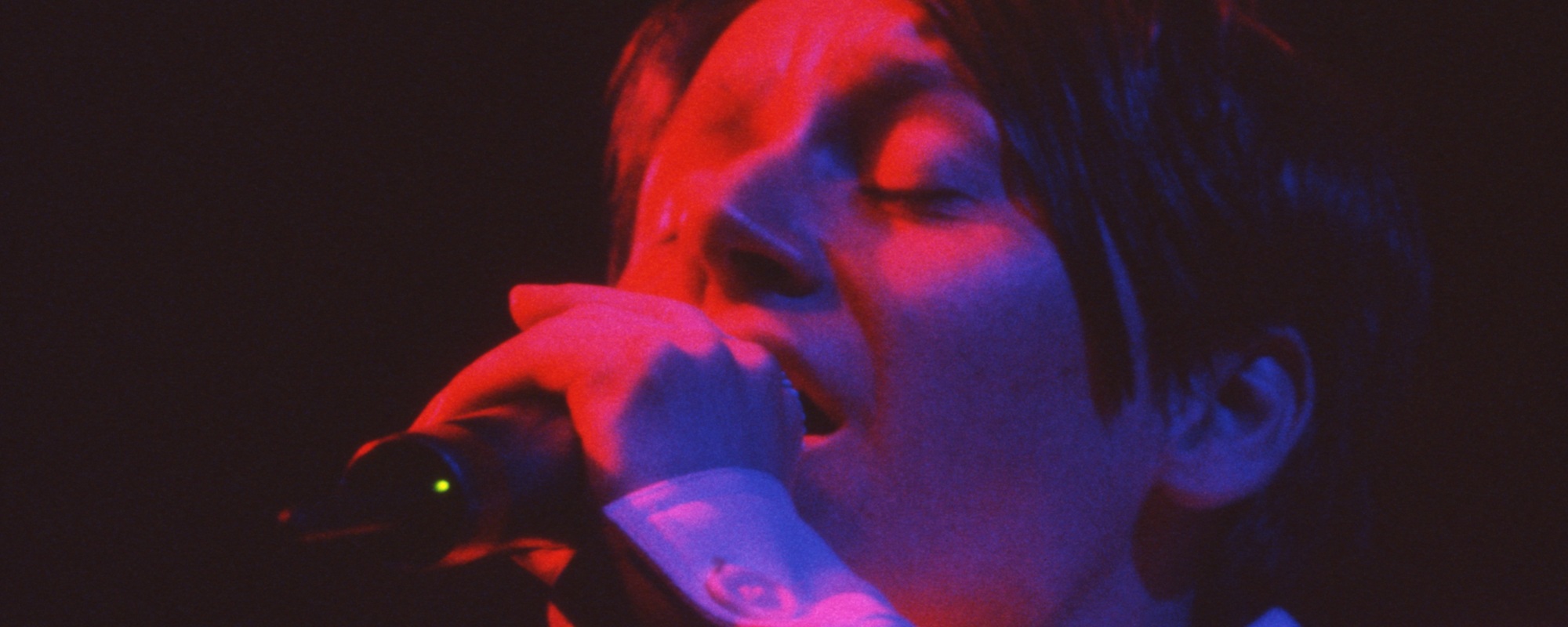
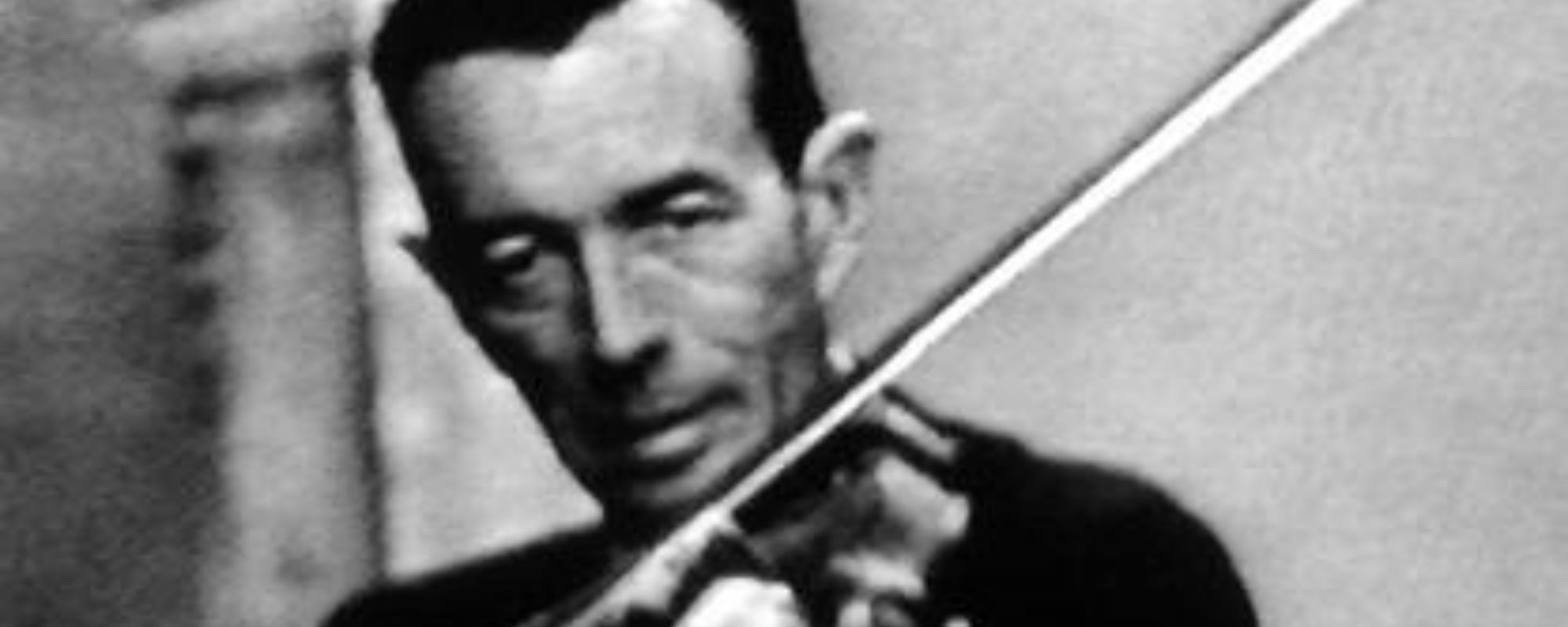
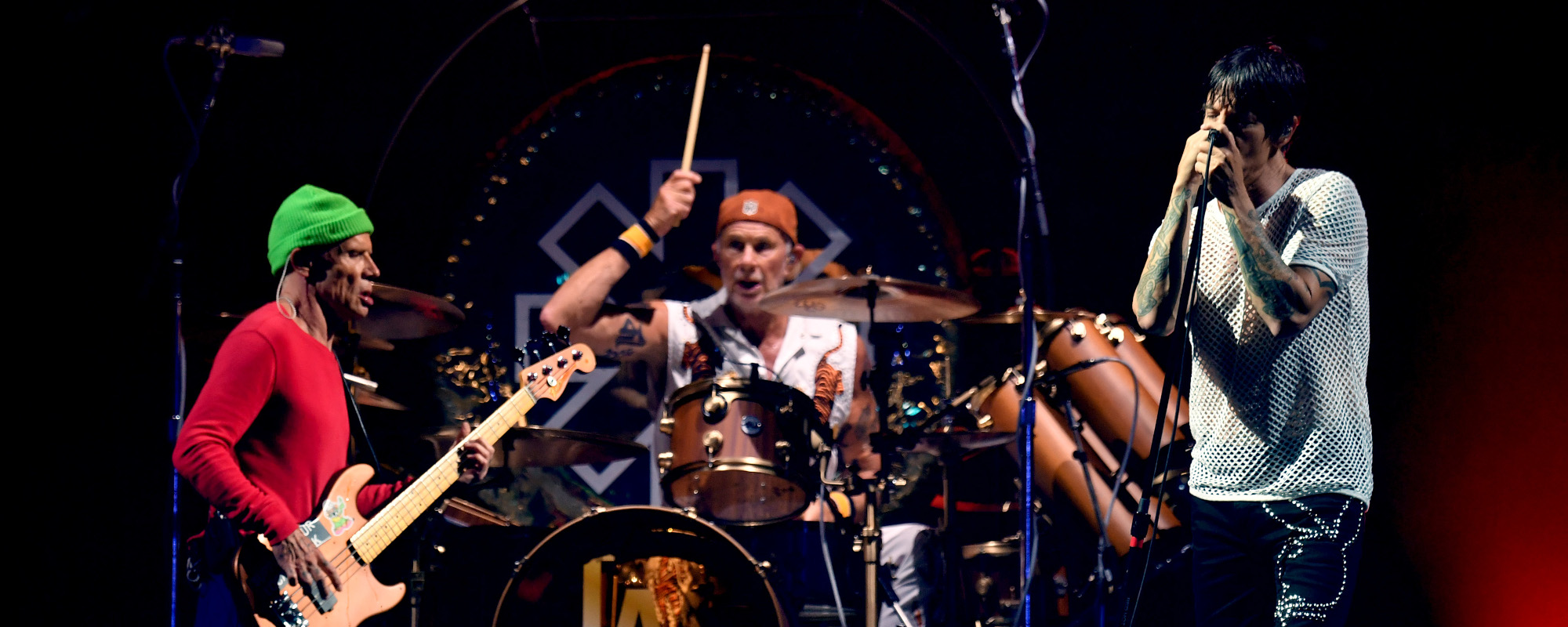

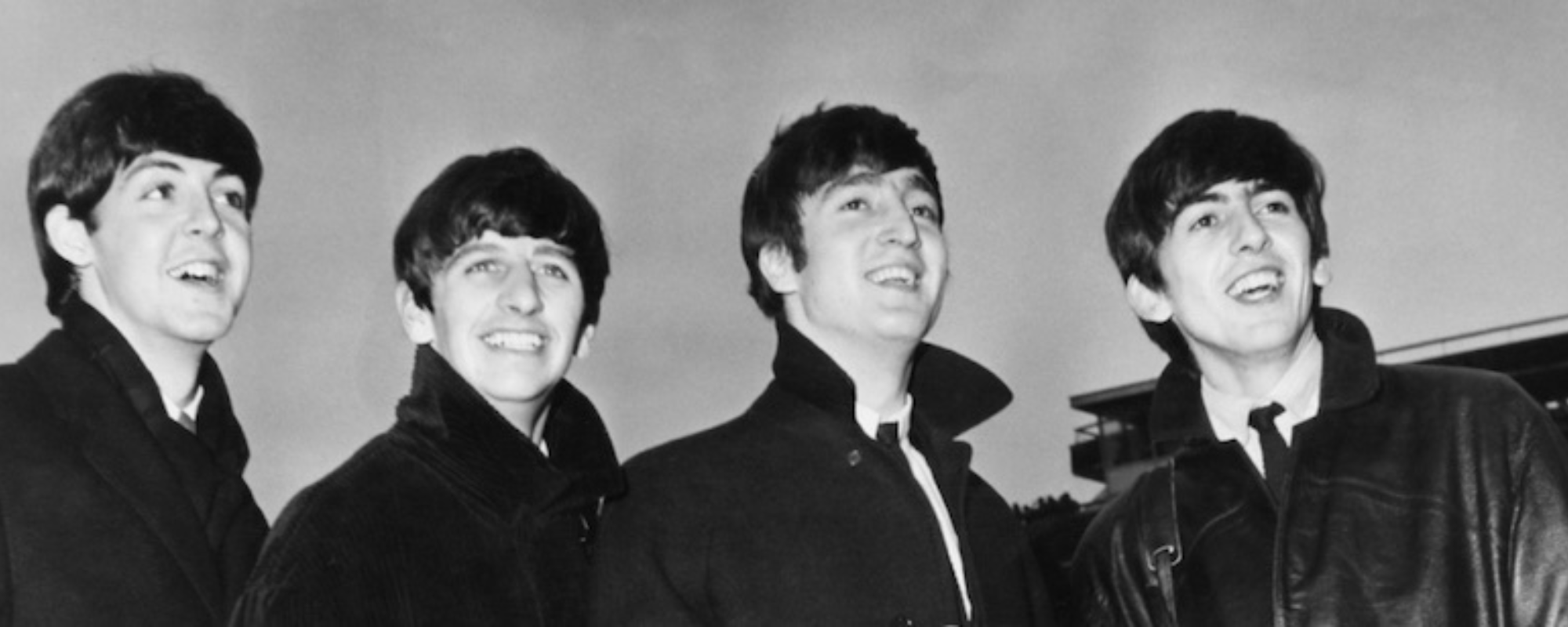
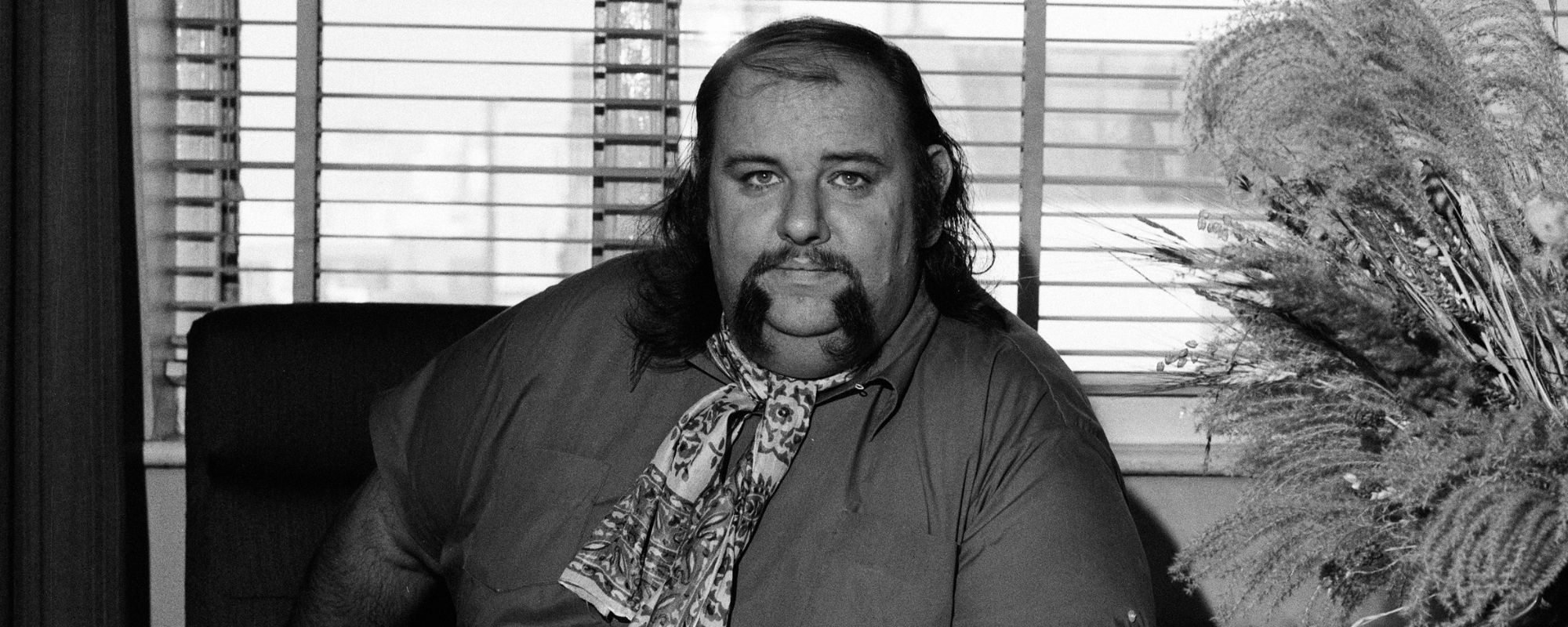
Leave a Reply
Only members can comment. Become a member. Already a member? Log in.